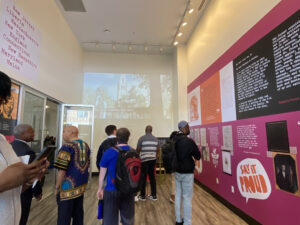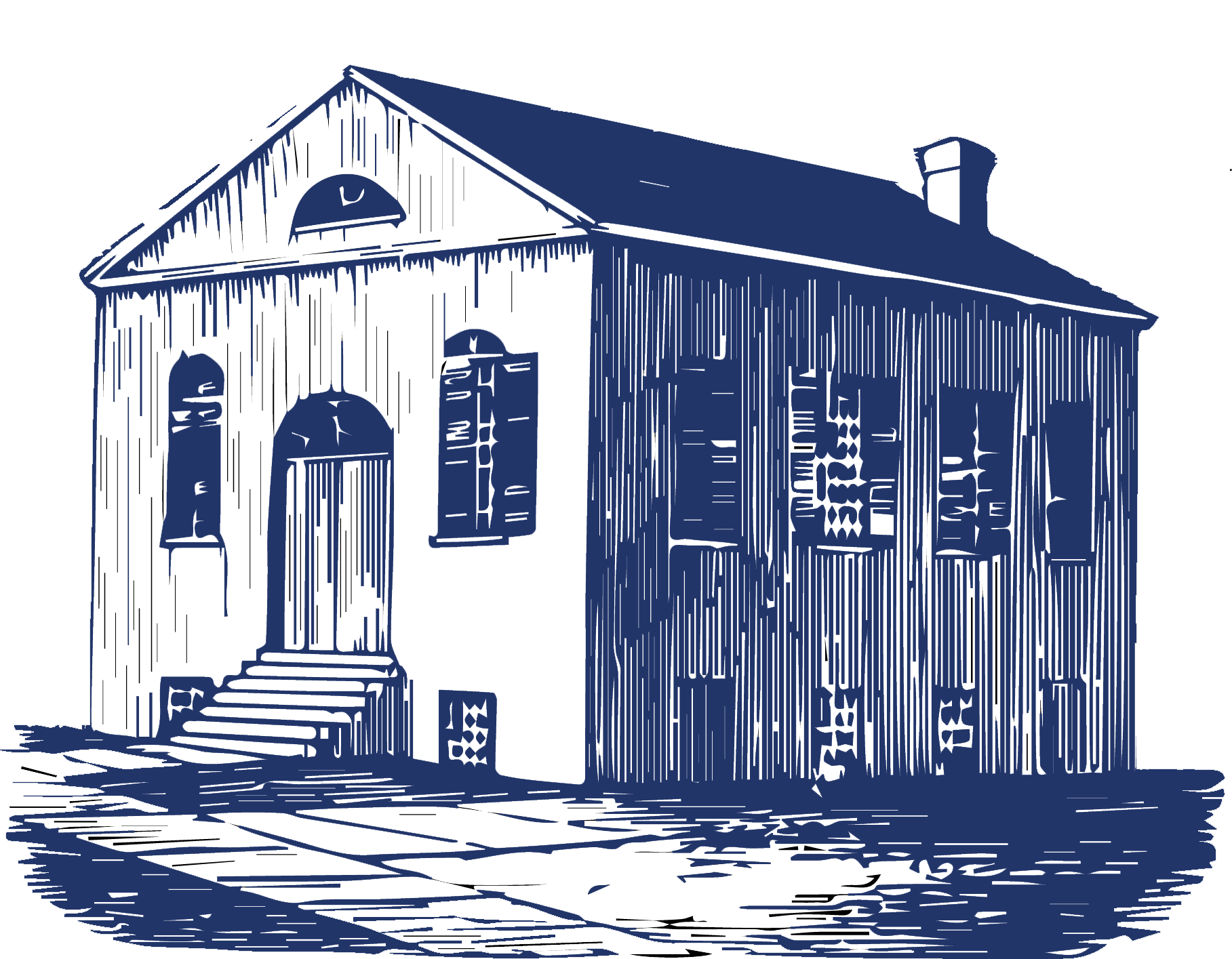the Nutmeg Pulpit
A permanent exhibition designed by Frank Mitchell
Connecticut’s history with African and Indigenous people is long, complicated, and not acknowledged in the state’s public monuments.
 Talcott Street Church was Hartford’s first Black church and school for Black children. It was located next to CT State Capital from 1826-1954.
Talcott Street Church was Hartford’s first Black church and school for Black children. It was located next to CT State Capital from 1826-1954.
From the Gallery Guide:
Captive Africans were present in some of the earliest Connecticut settlements which would have been negotiated with the Indigenous communities already living here. Though their lives are recorded in ancient cemeteries around the state and their labor built historic sites, few of their names and stories are documented in our public monuments. With a few notable exceptions, Black and Indigenous historical figures have not been celebrated as monumental, yet.
The foundation of authority is laid firstly in the free consent of people.” – Rev. Thomas Hooker
Religious leaders were also political leaders in 18th and 19th-century Connecticut and that reality defined life for the growing population of enslaved Blacks, the remaining Indigenous populations, and lower status colonists.
A decade after the ratification of the 1818 Constitution (which specified that whiteness would be a qualification to vote in Connecticut), Black communities around Connecticut had established Hartford’s Talcott Street Church, New Haven’s Varick AME Zion and Temple Street churches, and Middletown’s Cross Street AME Zion Church.
In these foundational churches members found freedom, shared consent, and nurtured their religious and political authority to build vibrant Black communities in 19th-century Connecticut.
HOURS
M/T/W/Th: 8AM-8PM
F: 8AM-4:30PM
SAT: 8AM-1:30PM
SUN: closed
LOCATION
The Nutmeg Pulpit
950 Main Street
Hartford CT 06103
CONTACT
Dr. Jeffrey Partridge
[email protected]
(860) 906-5191



